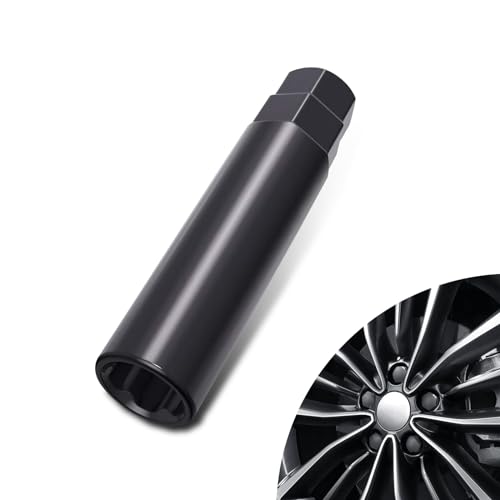SparkE
Well-known member
SparkevBlogspot said:Regardless of what YOU think is important, the industry and science consider C rate over anything else when it comes to charging and discharging rate. You can pretend other stuff's important, but the fact remains that C rate should be considered when discussing charging and discharging. In that, SparkEV is quicker than anything else in the world, and will remain so for the foreseeable future.SparkE said:No, again you are pretending that the total capacity of the battery is important ( "C" rate)
Talking about 10% at 120 kW (1.6 C rate) is meaningless. How many Tesla drivers charge from empty to 10% and leave on a regular basis? Hell, if you consider that, I can charge SparkEV with 2,000,000 kW of power to 0.0000000001% using static discharge. This is why time spent at the charger is relevant; very few Tesla spends 15 minutes at the charger while my average over hundreds of DCFC is 15 minutes. The reason for shorter time spent (aka, quick) is due to high C rate.
DCFC showed 398V at 122A, which is 48.6 kW (2.6C) at 80% (not 10%). If you're only seeing 46 kW, you must be using DCFC not capable of delivering peak capability of SparkEV. But even so, 46kW is 2.5C (or 2.2C for 2014), far quicker than any EV, including all Tesla.
The reason you (and I) only spend 15 minutes at the charger is because the range of the Spark EV is about 80 miles. A Tesla spends 30-45 minutes at the charger because its range is 230-330 miles, even though it is sucking up power at a higher rate (not % of battery, a higher kW rate)- often over 100 kW. "C" rate is one of the silliest ways to say "hey, my car charges faster than yours". It's all about how quickly the electrons flow into the battery. A Tesla starting at a 10% SoC will get more electricity than a Spark EV over the first 30 minutes (or 15 minutes), allowing it to drive further. Any other argument is just ... silly.
PS: I do not own a Tesla, I own a Spark EV - I am simply grounded in reality.



























